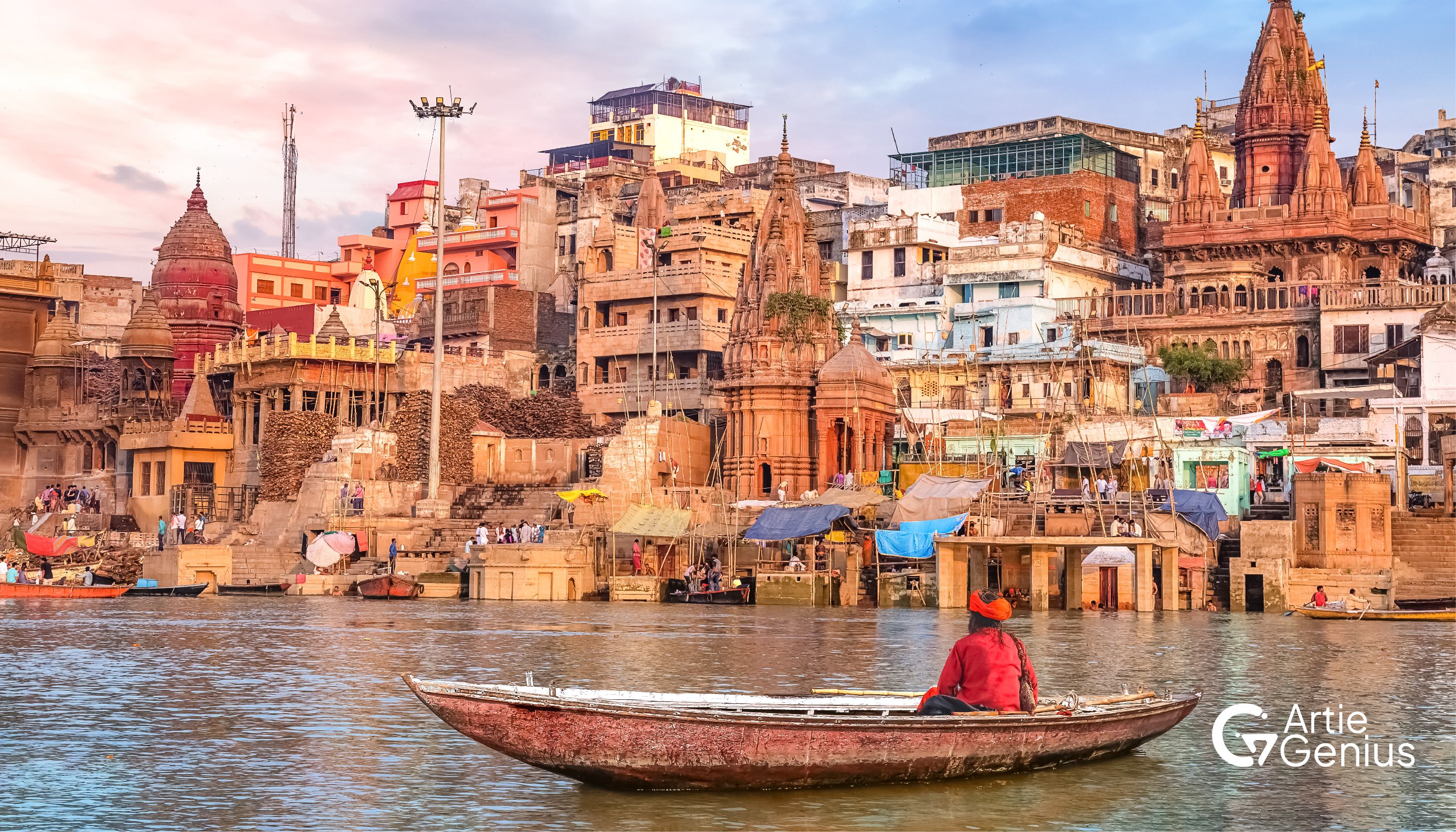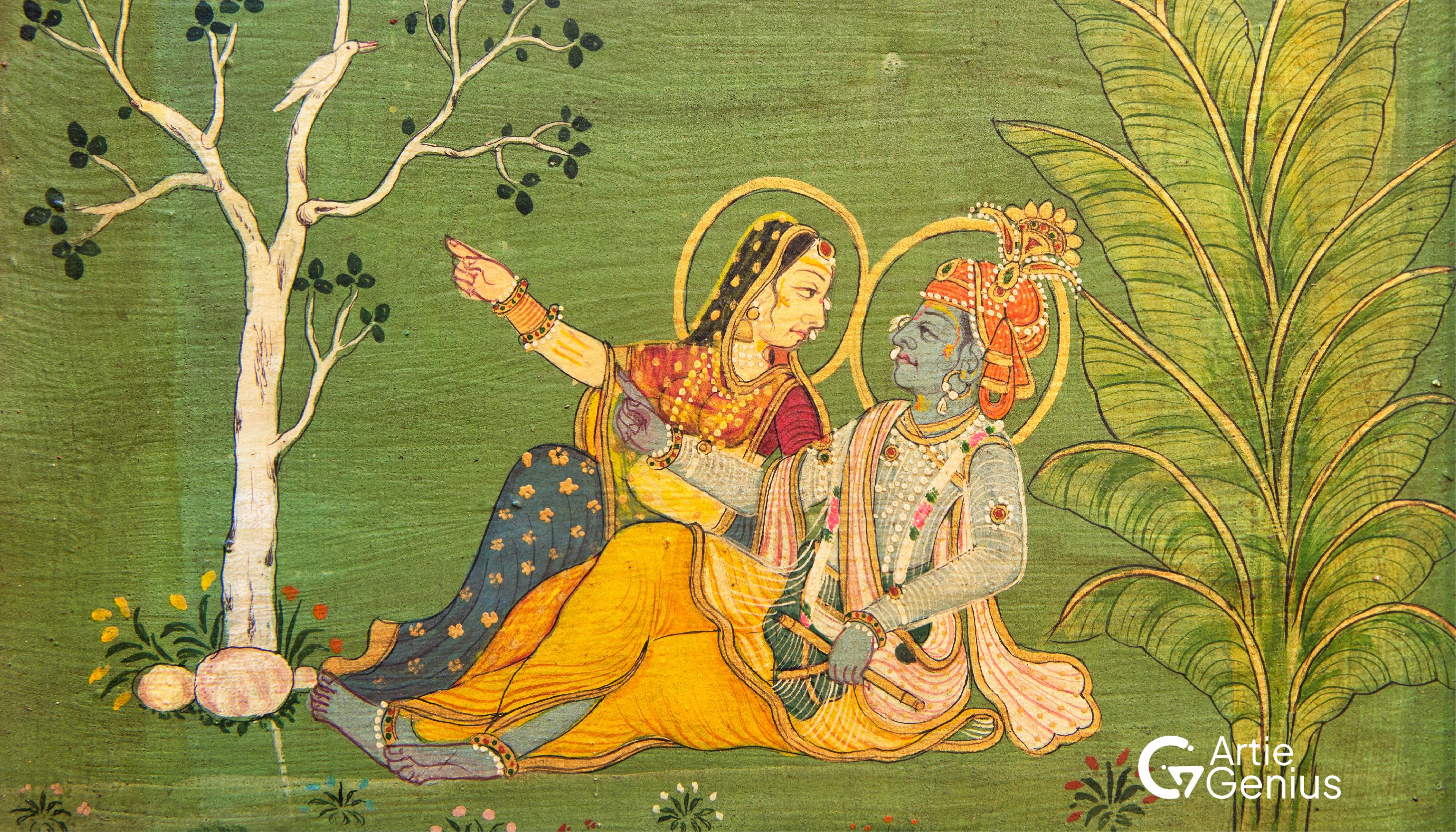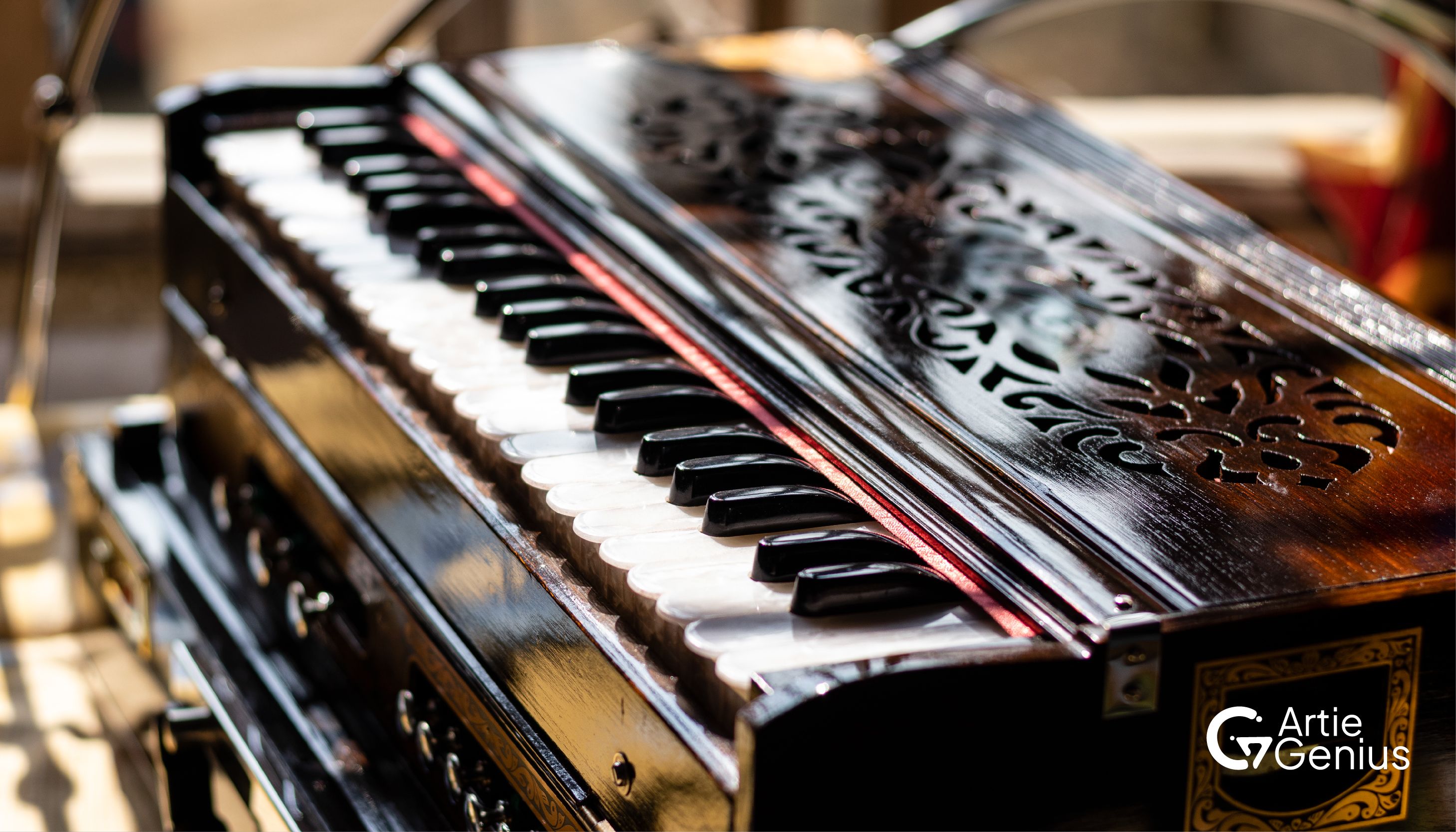Ancient Beginnings: The Classical Era
Indian theatre boasts a rich history that dates back thousands of years. One of the earliest and most significant contributions to theatre came from the Sanskrit drama tradition, which flourished around the 2nd century BCE to the 10th century CE. The foundation of classical Indian theatre can be traced to the Natya Shastra, an ancient Indian treatise on the performing arts written by Bharata Muni.
Key Works and Artists
Kalidasa: Often hailed as the greatest Sanskrit dramatist, Kalidasa's works such as "Shakuntala" and "Vikramorvashiyam" are masterpieces that have influenced generations.
**Bhasa: **Another eminent playwright, Bhasa's plays like "Svapnavasavadattam" and "Pratijna Yaugandharayana" are still celebrated for their narrative and poetic excellence.
Medieval Period: The Bhakti and Folk Traditions
During the medieval period, Indian theatre evolved with the influence of the Bhakti movement, which emphasized devotional themes. Folk theatre also gained prominence, with each region developing its unique styles and narratives.
Regional Folk Theatres
Yakshagana (Karnataka): A traditional theatre form that combines dance, music, and dialogue, often depicting stories from Hindu epics.
Jatra (Bengal): A popular rural theatre form that dramatizes mythological and historical stories.
Colonial Era: The Birth of Modern Indian Theatre
The colonial period brought significant changes to Indian theatre, introducing Western theatrical concepts and structures. English-educated Indians began adapting Shakespearean plays and creating new works that addressed contemporary social issues.
Influential Playwrights and Plays
Girish Chandra Ghosh: Known as the father of Bengali theatre, his plays such as "Bhramar" and adaptations of Shakespearean dramas were revolutionary.
Vijay Tendulkar: A prominent figure in Marathi theatre, his plays like "Shantata! Court Chalu Aahe" and "Ghashiram Kotwal" critiqued societal norms and sparked discussions.
Post-Independence Era: A Flourishing Theatre Scene
After gaining independence in 1947, Indian theatre saw a resurgence with a blend of traditional and modern elements. Theatre became a powerful medium for social commentary and artistic expression.
Notable Contributions
Habib Tanvir: A pioneer in blending folk and modern theatre, his play "Charandas Chor" remains a classic. Badal Sircar: Known for his "Third Theatre" movement, which brought theatre to the streets, his works like "Evam Indrajit" challenged conventional theatre practices.
Contemporary Theatre: A Diverse Landscape
Today's Indian theatre is a vibrant tapestry of diverse styles, languages, and themes. From experimental theatre in urban centers to traditional forms in rural areas, the scene is dynamic and ever-evolving.
Contemporary Influencers
Mahesh Dattani: An acclaimed playwright whose works like "Dance Like a Man" and "Final Solutions" explore complex social issues.
Naseeruddin Shah: A versatile actor and theatre artist, Shah's performances and direction have significantly impacted modern Indian theatre.
Impact on Future Generations
The contributions of these artists and many others have paved the way for future generations. Indian theatre continues to inspire and evolve, with young playwrights and performers pushing boundaries and exploring new narratives. The legacy of Indian theatre is a testament to its resilience and ability to adapt, reflecting the rich cultural heritage and contemporary realities of the nation.
Conclusion
From the ancient Sanskrit dramas to the vibrant contemporary scene, Indian theatre has a storied past and a promising future. It remains a vital part of India's cultural fabric, continuously enriching the artistic landscape and influencing generations of theatre enthusiasts and artists.



